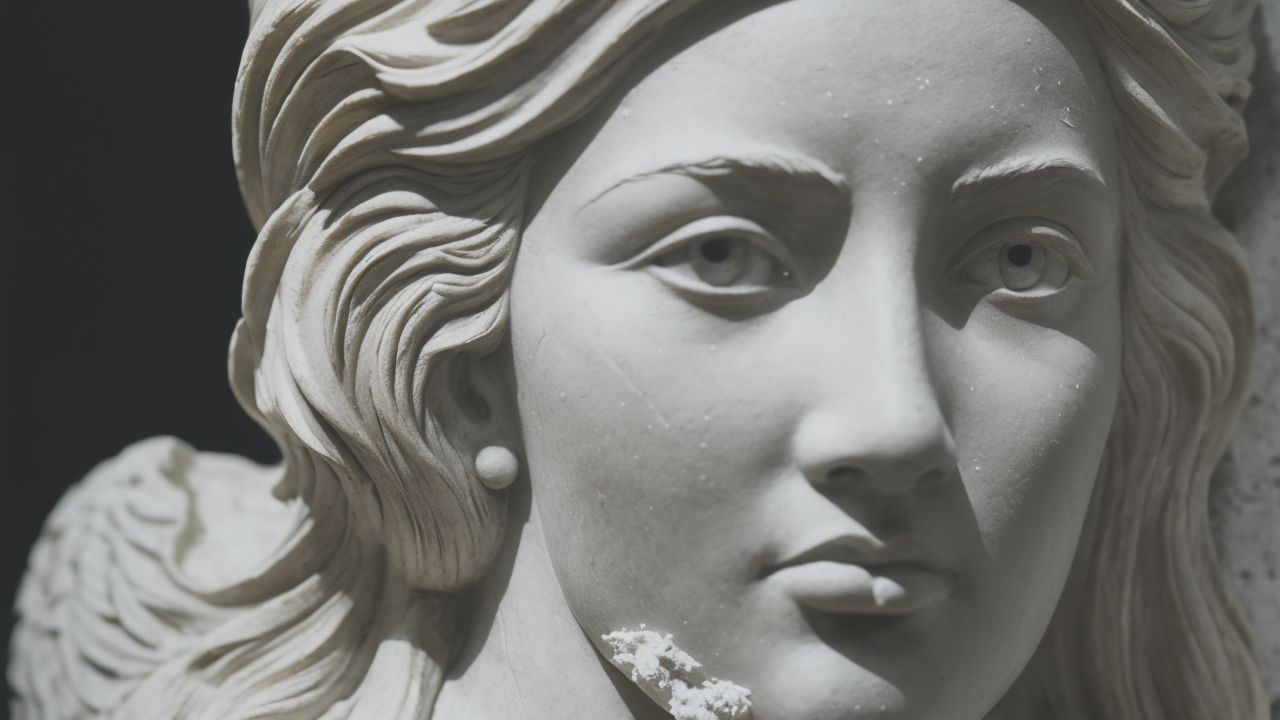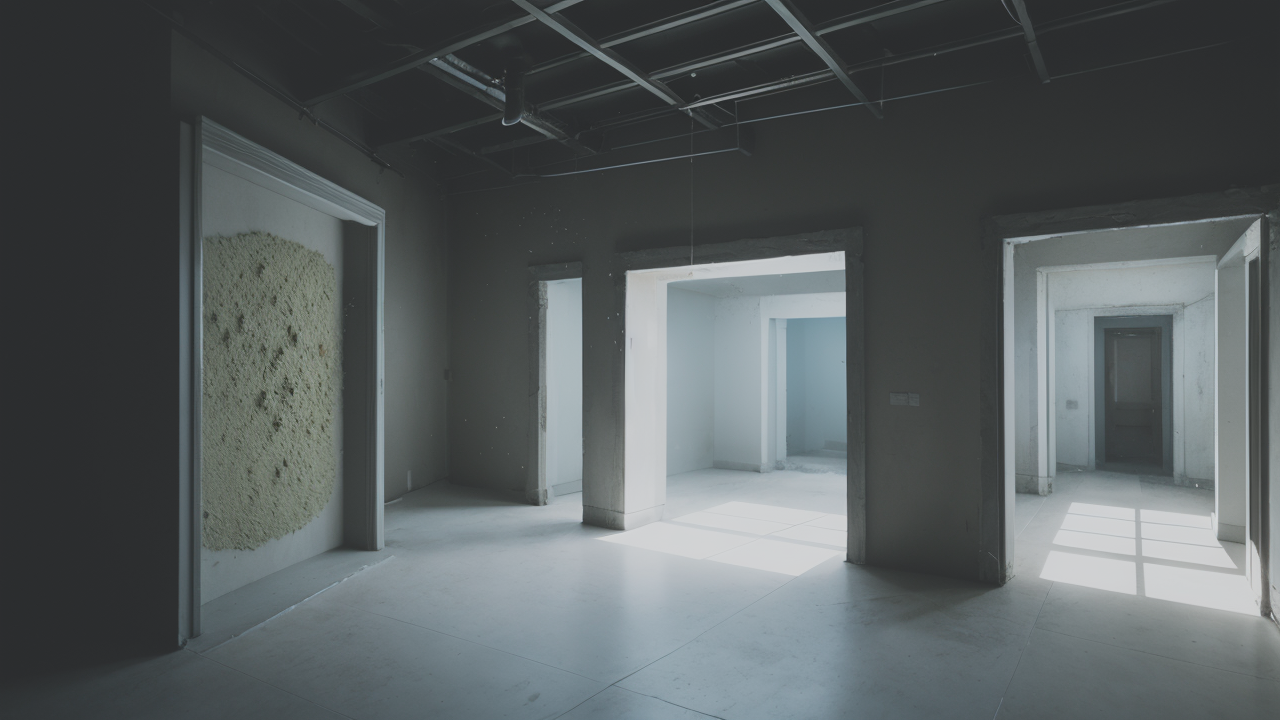
The Intersection of Plaster and Contemporary Art: A Deep Dive
Understanding Texture Plaster: An Introduction
The Appeal of Texture in Art
Texture in art adds depth and interest to visual creations. It engages our senses beyond just sight. Smooth textures can create a sense of calm or elegance. Rough textures might evoke energy or raw emotion. Texture plaster offers artists a versatile medium to explore these effects. It can be shaped, carved, and layered in countless ways. This flexibility allows for rich, tactile surfaces in artworks. Texture can make flat surfaces appear three-dimensional. It plays with light and shadow, adding visual complexity. Viewers often feel compelled to touch textured art. This interaction creates a more engaging art experience. Texture can represent real-world objects or abstract concepts. It's a powerful tool for artists to convey ideas and feelings. Texture plaster art appeals to both visual and tactile senses.

Historical Significance of Plaster in Sculpture
Plaster has been a key material in art for thousands of years. Ancient cultures used it for decorative reliefs and statues. During the Renaissance, plaster casts spread classical art styles across Europe. Artists used plaster to create models before final sculpting in stone or bronze. In the 19th century, plaster became popular for architectural decorations. Artists like Auguste Rodin used plaster to create expressive, textured surfaces. This paved the way for modern sculpture techniques. Plaster was affordable and easy to work with. This made it accessible to many artists for experimentation. Museums used plaster casts to display copies of famous artworks. This helped educate people about art history and different cultures. Plaster's versatility allowed artists to quickly test ideas in 3D form.
The Role of Texture Plaster in Contemporary Art
Innovative Techniques in Plaster Artistry
Modern artists are pushing the boundaries of plaster art. Some mix plaster with other materials for unique textures. Others use special tools to carve intricate patterns. Digital technology now helps design complex molds for plaster casting. Layering different types of plaster creates depth and interest. Artists add pigments to plaster for colorful, textured paintings. Plaster serves as a base for mixed media artworks. It combines well with paint, found objects, or digital elements. Some create large-scale plaster installations or sculptures. Environmental artists use eco-friendly plaster alternatives. 3D printing technology produces precise plaster forms. These innovations expand the possibilities of texture in contemporary art. Artists experiment with plaster's properties to create new visual and tactile experiences.

Case Studies: Successful Texture Plaster Creations
- "Organic Waves" by Emma Chen:
- Large wall installation made of undulating plaster forms
- Inspired by natural rock formations and ocean waves
- Uses layered plaster techniques for depth and movement
- "Urban Textures" by James Smith:
- Series of plaster panels with embedded city debris
- Represents the gritty textures of urban environments
- Combines smooth and rough surfaces for stark contrast
- "Fragile Memories" by Sofia Garcia:
- Delicate plaster sculptures resembling paper or fabric
- Explores themes of memory and impermanence
- Uses innovative casting techniques for ultra-thin plaster sheets
- "Tactile Emotions" by Mark Johnson:
- Interactive plaster sculptures designed to be touched
- Each piece represents a different emotion through texture
- Created with visually impaired art lovers in mind
These examples showcase the diversity of texture plaster in modern art. They demonstrate how artists use this medium to engage viewers on multiple levels. Each piece offers a unique sensory experience through innovative use of plaster.
Strategizing Texture Plaster Artwork for the Market
Marketing Strategies for Texture Plaster Creations
- Highlight the unique tactile qualities of texture plaster art.
- Create engaging videos showcasing the art-making process.
- Host interactive exhibitions where visitors can touch sample pieces.
- Collaborate with interior designers to display art in real spaces.
- Use high-quality photography to capture texture details for online platforms.
- Offer workshops teaching texture plaster techniques to build interest.
- Partner with galleries that focus on innovative, contemporary art.
- Share behind-the-scenes content on social media to connect with audiences.
- Create limited edition pieces to increase value and exclusivity.
- Participate in art fairs that celebrate experimental mediums.
Educate buyers about the unique aspects of texture plaster art. Explain proper care and display methods for these pieces. Target both art collectors and interior design markets. Emphasize how texture plaster art can enhance various settings. Use storytelling to connect the art's texture with its meaning or inspiration. Create a strong online presence to reach a wider audience. Offer virtual tours or 3D views of textured artworks online.

Navigating the Legalities of Artistic Innovation in the United States
Artists working with texture plaster should understand key legal issues. Copyright laws protect original artistic expressions, including textured works. Consider registering significant pieces with the U.S. Copyright Office. Be cautious when using found objects to avoid copyright infringement. Create clear contracts with galleries outlining rights and responsibilities. Obtain insurance for artworks during transport and exhibitions. Follow health and safety regulations when working with plaster materials. Public art installations may require permits and must meet local building codes. Consider forming an LLC to protect personal assets from business liabilities. Keep detailed records of your creative process and artwork sales. Consult an art lawyer for advice on complex legal matters. Understanding these issues helps protect your work and business. It allows you to focus on creating innovative texture plaster art. Proper legal preparation supports long-term success in the art world. Stay informed about changes in art law and intellectual property rights.


